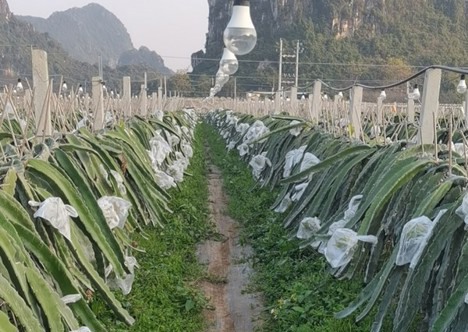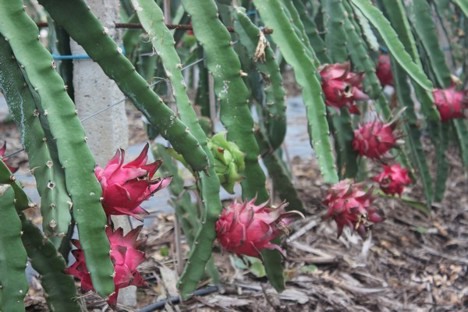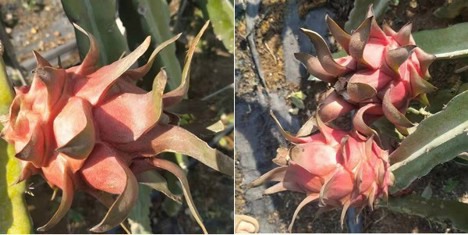The domestic pitaya production season in China is coming to an end, and the light-supplementary ripening fruit can produce two batches before the end of the production season, which is expected to end at the end of January. Recently, the weather conditions in the production area have been good, and the output and quality of fruits are fine. With the gradual relaxation of pandemic control, the price of domestic pitaya has rebounded slightly after being sluggish for nearly the entire production season, but it is still lower than the level of the same period in previous years.

Mr. Dong is from Longyisheng Pitaya Base. Longyisheng Base has a planting base of 53 hectares, with an annual output of about 2 million kilograms of red pitaya. Dong first introduced the market performance: "Recently, the market for pitaya has been very poor. Two weeks ago, the price of pitaya at the origin was only 3.6RMB/kg, while the price in the same period last year was 5.6RMB/kg. The reason for the price drop is mainly due to the lockdowns of many wholesale markets impacted by the pandemic control, the products could not be sent out. This situation did not improve until half a month ago. At present, transportation has returned to normal, and the market price has risen to 5RMB/kg, but still lower than in the same period in previous years. "

"This batch of fruits is the last batch of naturally ripened fruits, and the next ones need to turn on the artificial lights to accelerate the ripening. The light-ripening fruits can produce two batches before the end of the production season and are expected to finish the harvest by the end of January. The recent weather conditions in the production area are good, and we have done bagging and heat preservation treatment. The crop is in good condition."
When talking about market expectations in the next few weeks, Dong said, "A new batch of fruit will be picked soon. With the new batches coming to market in the next few weeks, the fruit on the market will increase again. When the production season is over, the price should not go up anymore.”
All the pitaya fruits in Longyisheng Base are sold domestically, and retailers, hotels, KTVs and beverage stores are the company's main sales channels. "During the pandemic, many large-scale catering businesses in China suffered from poor operations, and even went bankrupt. The demand for pitayas in these channels dropped severely. Most of the merchants came directly to our production areas. While some channels showed less demand, this was mainly an effect on market prices. Our production areas have not experienced unsalable produce.

When it comes to the relaxation of pandemic prevention and control measures and more and more imports of Vietnamese pitaya fruits, whether it will have an impact on the domestic market, Dong said: "During the pandemic, the import of Vietnamese pitaya dropped sharply. It provided opportunities for domestic consumers to know about domestic products. Then many consumers realized that the taste of domestic ones is not inferior to, or even better than that of Vietnamese imported fruit. In terms of price, domestic fruit is more expensive than Vietnamese fruit because of its low yield and better taste. From the appearance, the color of Vietnamese pitaya is darker, the scales are green, and the fruit shape is more beautiful. The domestic dragon fruit is lighter in color, and the color of the scales is not very bright. In terms of taste, the sweetness of Vietnamese red flesh fruit is around 14%-16%, while the sweetness of domestic fruit is 16%-20%, and the taste is better. "
